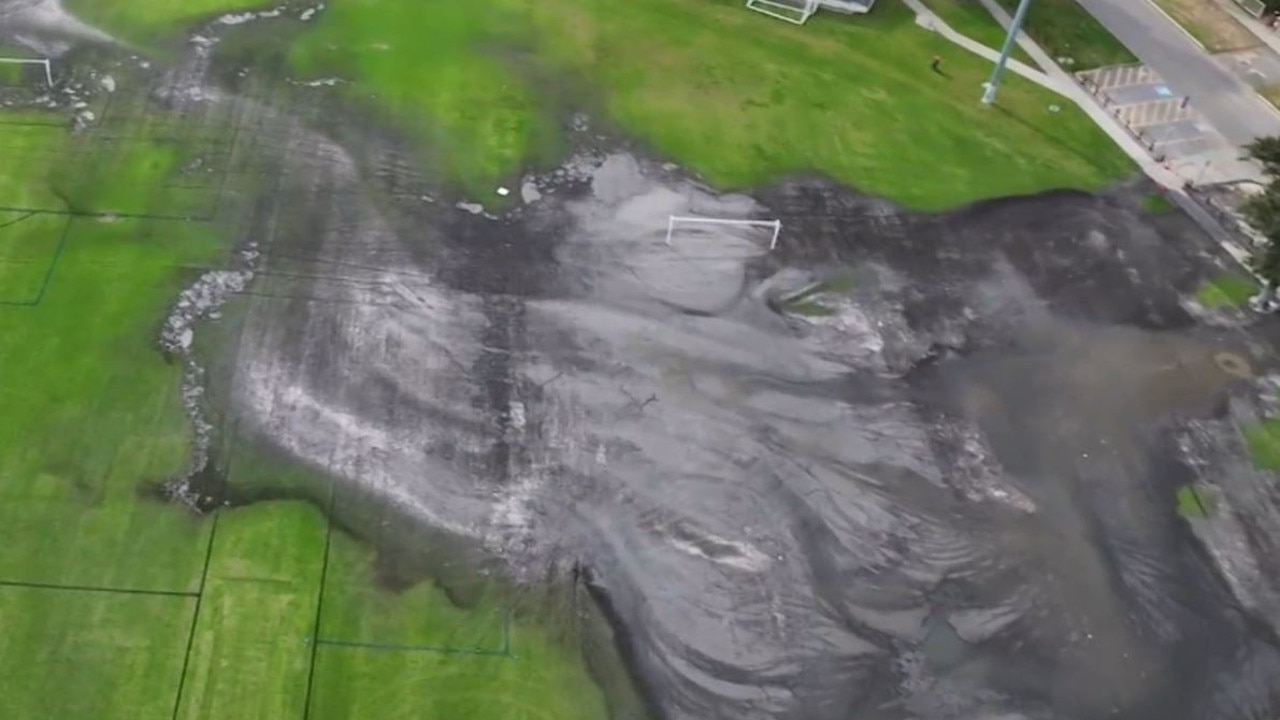Australian storm damage bills explode as 10 insurance myths busted
Australian bills for severe weather damage climb into the billions, as experts bust a gap in insurance knowledge.
Environment
Don't miss out on the headlines from Environment. Followed categories will be added to My News.
Exclusive: More than $7 billion in insurance claims have been lodged by home and business owners hit by storms, floods and cyclones in the past 18 months alone, with insurance companies bracing for more as severe weather continues to batter the east coast.
The latest tally has 393,000 claims for damage lodged with insurers across five natural disasters declared by the Insurance Council of Australia since 2021.
The southeast Queensland and northern NSW floods have so far cost the insurance industry $5.45 billion – nearly triple the cost of the 2011 Brisbane floods and now the second most costly extreme weather event in Australia’s history.
Across both states, there have already been 234,252 insurance claims lodged relating to the flood disaster in February and March this year – with more claims still being made.
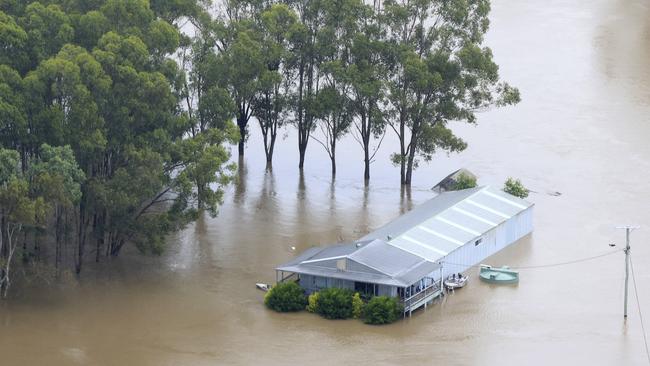
“Our recent reports and research show that events like those Australian communities have experienced in the past 18 months are becoming increasingly costly for Australian households,” an Insurance Council of Australia spokesperson said.
“And (it also) demonstrates the impact of worsening extreme weather.
“To ensure Australians continue to have access to affordable insurance protection, we must increase investment in the resilience of our built and natural environments, and, in parallel, address the underlying cause of more severe weather events.”
The severe storms across Victoria, South Australia and Tasmania in October cost insurers $865.58 million, with nearly 110,000 claims made.
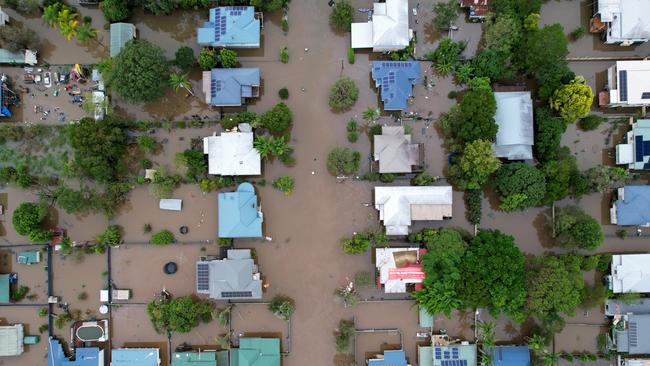
Some 10,000 claims worth $371 million were lodged after Western Australia’s cyclone Seroja, and Victoria’s Mansfield earthquake saw 18,255 claims worth $106.4 million lodged.
Meanwhile, 20,000 claims worth $214 million have already been made from the storm and floods that took place in NSW throughout July.
However, as insurers gear up for another wet and wild catastrophe season ahead, Suncorp has released 10 myth busters to ensure Australians are better prepared.
New research released by the insurance company found nearly 90 per cent of Australians surveyed didn’t know when storm season officially occurs.
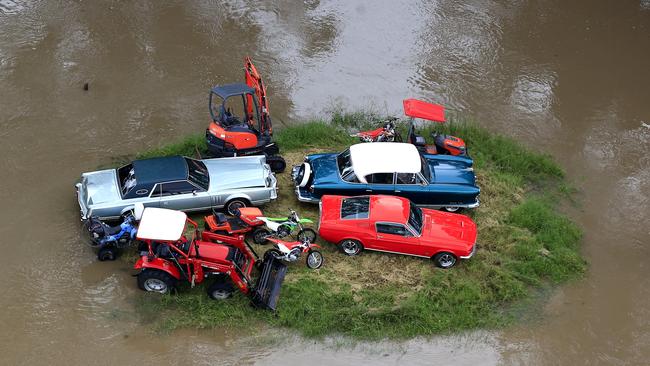
Alarmingly, one third (33 per cent) of Aussies expect their insurer to cover the cost of repairs if their home is damaged by a significant weather event – regardless of whether the home was maintained.
Suncorp Insurance’s head of home claims Steven Hussey said this was one of the biggest myths he was “eager to bust”.
“The knowledge gap around extreme weather events is really concerning and contributing to Australians being underprepared when it comes to managing their impact,” Mr Hussey said.
“What most people fail to realise is that along with the physical damage caused by storms, the non-financial effects can also have a significant and lasting impact on people’s lives.”
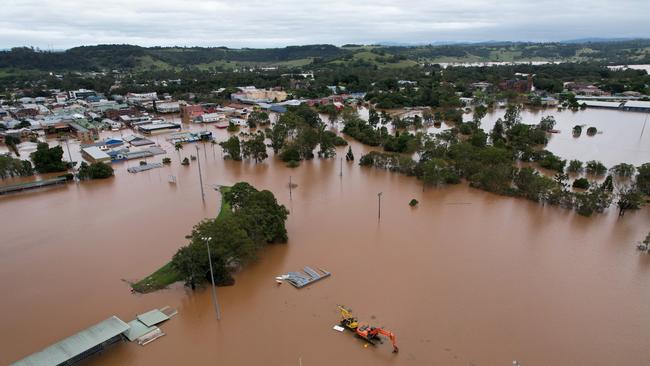
Mr Hussey is urging Aussies to go “beyond the basic tasks” when preparing for the storm season.
“This year we are facing a third La Nina which has only ever happened two times before in our country’s recorded history, in 1973 and 1998,” he said.
“But many Australians seem to be unaware of the activities they should be regularly completing around the home to strengthen it against natural disasters.
“These include things like inspecting and maintaining retaining walls, identifying which items may need to be raised or moved in the event of flooding, and inspecting the roof for loose or damaged tiles.”
You can find more information you can call the Insurance Council of Australia’s Disaster Hotline on 1800 734 621 or click here.
10 WEATHER MYTHS EXPLAINED
Myth 1: Wind needs to be travelling in excess of 80km/hr to turn backyard items into flying missiles
• One in three Australians (34 per cent) believe wind needs to be travelling over 80km/hr to turn outdoor items (such as furniture, kids’ toys, gardening tools and garden gnomes) into missiles.
• Wind speeds as little as 60km/hr can move everyday outdoor items – wreaking havoc and damaging homes, cars and even injuring people.
Less than one in five (18 per cent) Aussies knew this.

Myth 2: Aussies don’t know when storm season officially occurs
• Almost nine out of every ten Australians (89 per cent) could not identify the correct time of year for storm season, which officially begins on 1 September – the first day of Spring.
Myth 3: Storm preparations around the home should only be completed once per year
• The majority of Australians (81 per cent) are not aware that basic storm preparations around the home should be done every quarter.
• Queenslanders came out on top – with just over a quarter (27 per cent) knowing this.
Myth 4: Hailstones impact vehicles more than homes
• Most Australians (62 per cent) believe hailstones impact vehicles more than homes – indicating Australians do not have a clear understanding of how damaging hailstones are.
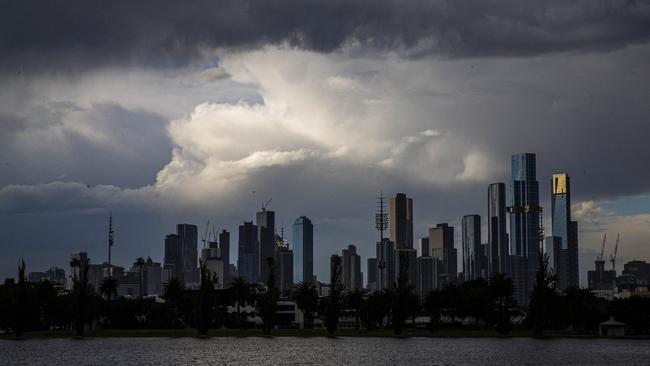
Myth 5: Insurance will cover the cost of repairs if a home is damaged by extreme weather – regardless of whether the home has been maintained
• Alarmingly, one third (33 per cent) of Aussies expect their insurer to cover the cost of repairs if their home is damaged by a significant weather event – regardless of whether the home was maintained. A further third were unsure.
Myth 6: If you make a claim – you must pay an excess
• Almost one third (32 per cent) of Australians believe that they have to pay an excess any time they make an insurance claim related to a natural hazard event.
• If you are claiming for damage to your home and/or contents – then an excess will apply, however if you are claiming for food spoilage, an excess does not need to be paid.
Myth 7: After a weather event, you must not touch or dispose of any damaged items – you have to wait for an assessor
• Most Australians (61 per cent) believe they must not touch or dispose of damaged items before they can be inspected by an insurance assessor.
“This was a common misconception after the 2011 Queensland Floods, and the most recent East Coast Floods – where impacted Australians thought they could not begin the clean-up process in their home until after their insurance assessor had been through the property,” Mr Hussey said.
“As long as you take photos, note down make, model and serial numbers – you can absolutely start to remove damaged items from your home, and get the clean-up process underway.”
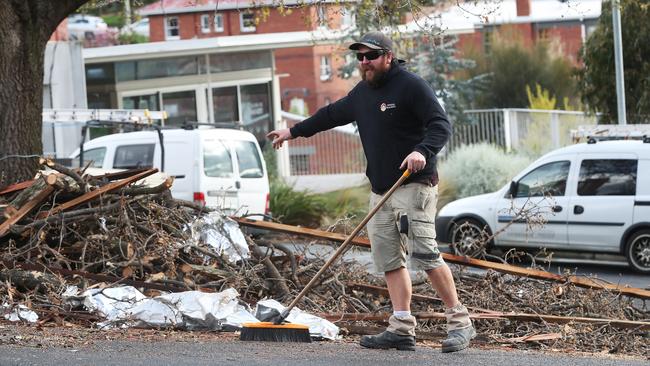
Myth 8: Flood cover is not automatically included in your home insurance
• Almost three quarters of Australians (71 per cent) believe they need to request ‘flood cover’ on their insurance policy to be covered in the event of a flood.
“This is another example of why it is so important to read your PDS [Product Disclosure Statement] and understand what you are covered for as this does vary depending on the insurer,” Mr Hussey said.
“However, with Suncorp Insurance, if it’s wet – regardless of if the water comes from the sky, the river or the drain, you’re covered.”
Myth 9: If your neighbour’s healthy tree falls and damages your property during a storm – your neighbour is responsible
• This one split the country down the middle – with just over half of Australians (51 per cent) incorrectly assuming that a neighbour would be responsible for paying for damage and repairs if their healthy tree fell on your property
“As an insurer, this is a situation we see frequently during storm season,” Mr Hussey said.
“If the tree is healthy, and it falls as the result of a storm damaging your property, this is generally considered an ‘act of God’, so your neighbour is not liable. You will have to lodge a claim with your insurer.
“However, if the tree is unhealthy, damaged or hasn’t been properly maintained, your insurer can work with you to hold your neighbour liable – another reason to ensure you keep your home and garden properly maintained.”
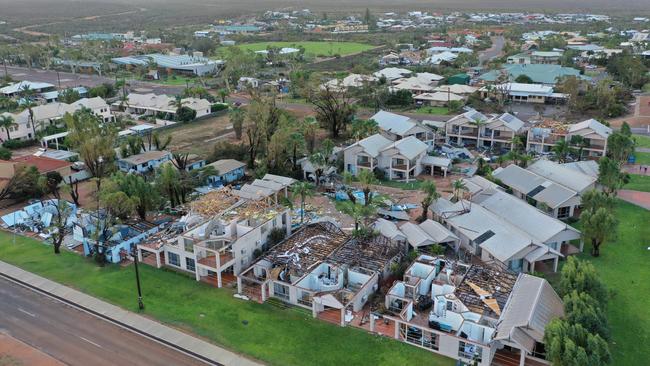
Myth 10: Unless advised by Emergency Services, I should assume it is safe to remain at my property
• During a severe weather event, almost half (42 per cent) of Australians believe they only need to evacuate when told to do so by Emergency Services.
“It is unwise to assume it is safe to remain in your home if you have not received a warning from emergency services. During a weather event, communications can break down, and messages may not be delivered in a timely manner,” Mr Hussey said.
“The safety at a property is highly contextual around location, severity of the weather and the degree to which the property is damaged. Australians need to assess the situation for themselves as they have a more detailed understanding of their location and risks.”




